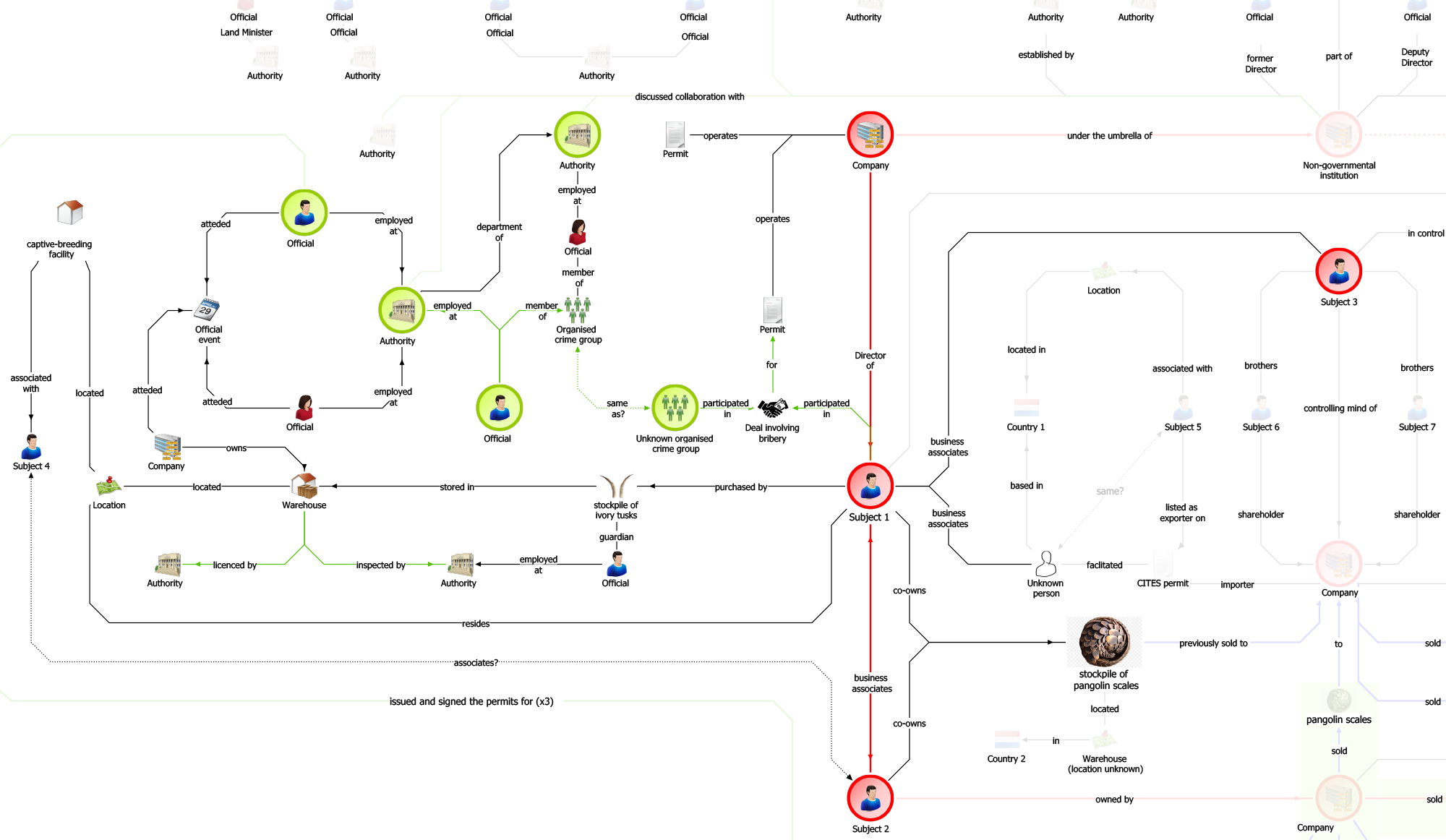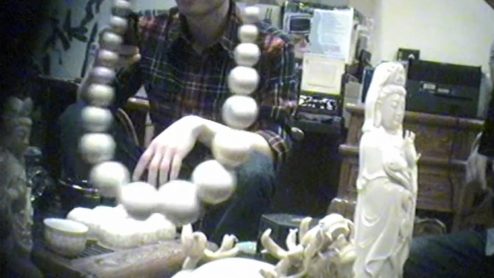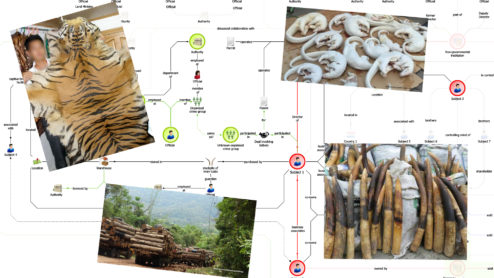Intelligence team
EIA’s intelligence team is central to investigating environmental crime and abuse.
Staffed by former law enforcement and private sector intelligence professionals, the EIA intelligence team plays a crucial role in EIA’s wide-ranging investigative work.
The team works closely with EIA’s field investigators to plan undercover operations targeting wildlife traffickers and individuals involved in other forms of environmental crime such as illegal logging.






